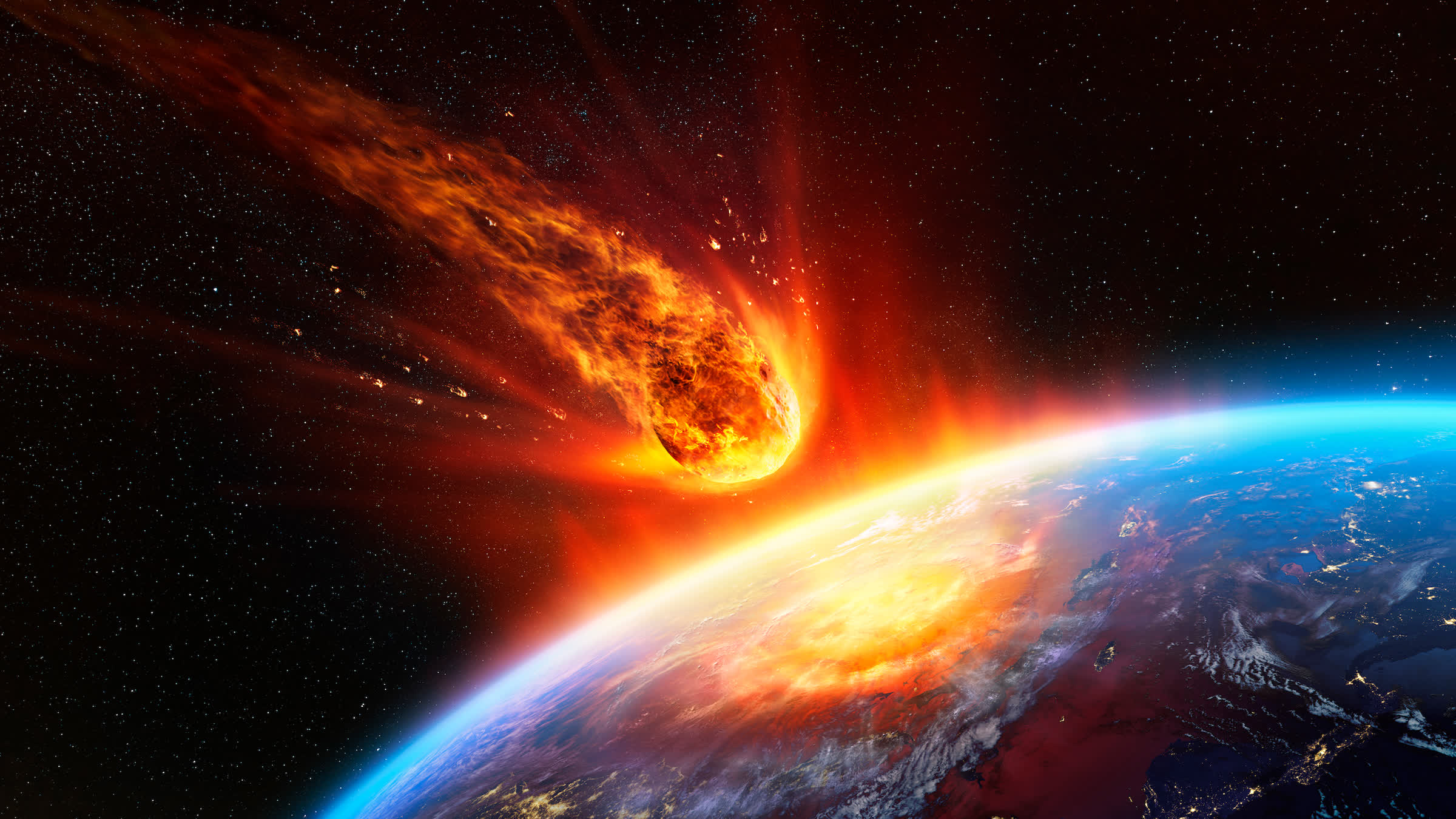Rochester, New York – On January 14, 2022, a massive underwater volcano erupted and spewed a large amount of water vapor into the atmosphere.
The Hong Tonga-Hunga Haapai volcano is responsible for spewing 146 Tg of water vapor into the stratosphere, which is equivalent to about 10% of the water vapor contained within that layer of the atmosphere. This is important because water vapor is a greenhouse gas of great abundance and potency. Before we dive into how this will affect our planet, let’s get the basics on greenhouse gases.
Greenhouse gases are essential for our planet, because without them it would be very difficult for life to exist on Earth. It was discovered by the French physicist and mathematician Joseph Fourier. Fourier knew that Earth’s average temperature was about 15 degrees Celsius (or 50 degrees Fahrenheit), but his calculations found it should have been closer to -18 degrees Celsius, or zero degrees Fahrenheit. These greenhouse gases play an essential role in our atmosphere because they keep the Earth warm and habitable. These gases include; Water vapor (H2O), carbon dioxide (CO2), ozone (O3), and methane (CH4). During the day, the sun emits solar radiation. This solar radiation is then absorbed by the Earth’s surface and released at night.
Without greenhouse gases, infrared energy, or warmth, is able to escape freely back into space. But with greenhouse gases, they will absorb and re-emit some of this “warmth” to the Earth’s surface which is what keeps us warm.
The amount of these greenhouse gases is very small compared to the composition of the entire Earth’s atmosphere. Earth’s atmosphere is made up of 78% nitrogen, 21% oxygen, and about 0.96% argon, with the remaining 0.04% made up of those greenhouse gases. Then, of those greenhouse gases; Approximately 60% is water vapor, 20% carbon dioxide, 12% methane, and the remaining 8% is ozone.
Of these greenhouse gases, water vapor is the most abundant and potent. The reason water vapor is the strongest is that it absorbs most infrared wavelengths.
With basic knowledge of greenhouse gases, let’s go back to the Tonga volcano eruption. For the Tongan eruption, approximately 146 tera grams of water vapor was released into the stratosphere, representing about 10% of the vapor contained within that layer of the atmosphere. This is because the volcano was located at the right depth below the ocean (about 150 meters below) to heat the water above and release massive steam. This is unusual for volcanoes because they usually release volcanic plumes and ash that would block sunlight and create a cooling effect. However, this massive release of water vapor may have had an adverse effect on Earth’s surface temperatures.
So far in 2023, globally we have seen the warmest June, July, August, September and October on record. 2023 is likely to be the warmest year on record as well, by a significant margin.
So what’s up with this latest spike? What causes this abnormal warmth? The answer may be the Tonga eruption.
According to the Bulletin of the American Meteorological Society (BAMS) “The state of the climate in 2022” The September release states:
“The HTHH (Tonga eruption) is estimated to increase the probability of exceeding the annual global mean surface temperature anomaly of 1.5°C by 7% in the first five years after the eruption.”
This is because excess water vapor within the stratosphere will have the opposite effect within the troposphere. In the same journal mentioned above, it also stated that “high water vapor concentrations in the stratosphere are expected to affect surface climate and tropospheric temperatures in a way that is inconsistent with their stratospheric effects.”
Immediately after the eruption, measurements near the eruption in the stratosphere saw a record cooling effect which leads us to know that we will see some kind of warming at the surface. It is also said that water vapor concentrations do not reach the Northern Hemisphere until the end of 2022. This leads us to believe that the recent temperature rise in the Northern Hemisphere is due to the Tonga eruption.
Now is that the only reason? Probably not. But it likely played a major role in the recent rise in temperatures around the world due to the massive release of water vapor. Studies are currently being conducted to understand the full impact and duration of this event as these effects may last for years. For those interested in reading BAMS’s State of the Climate in 2022, I will include a link here.

“Explorer. Unapologetic entrepreneur. Alcohol fanatic. Certified writer. Wannabe tv evangelist. Twitter fanatic. Student. Web scholar. Travel buff.”



